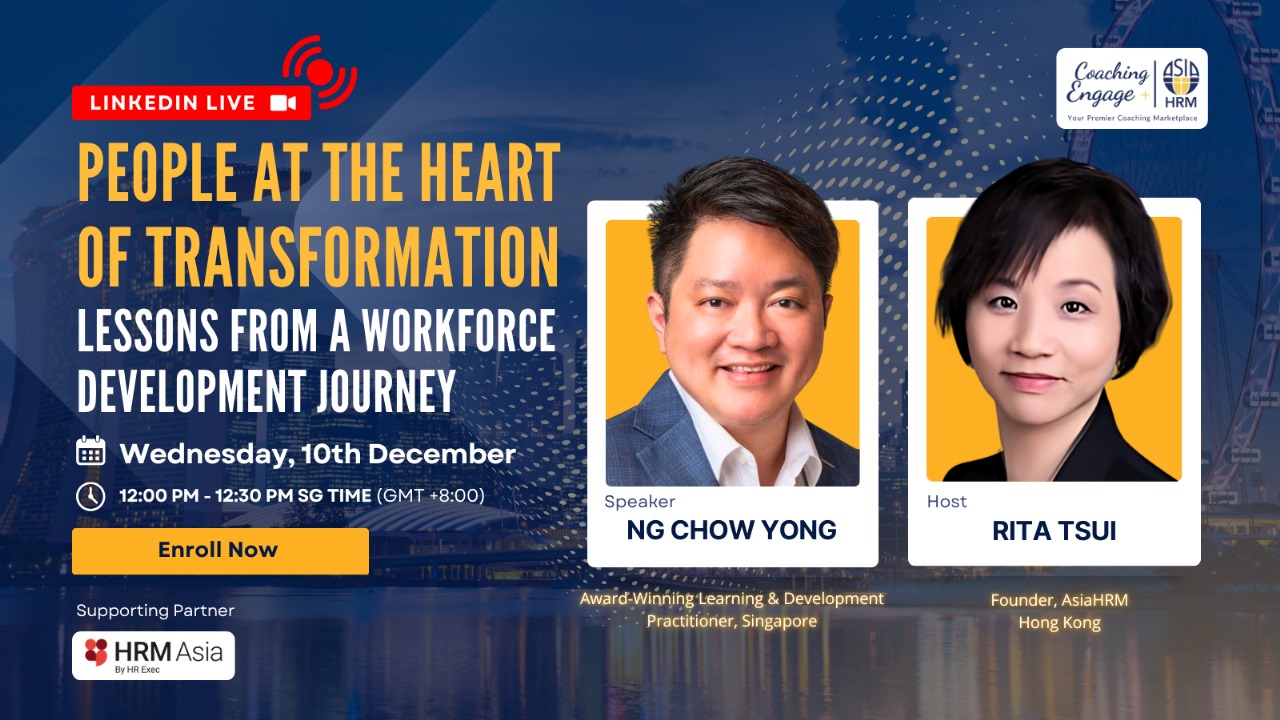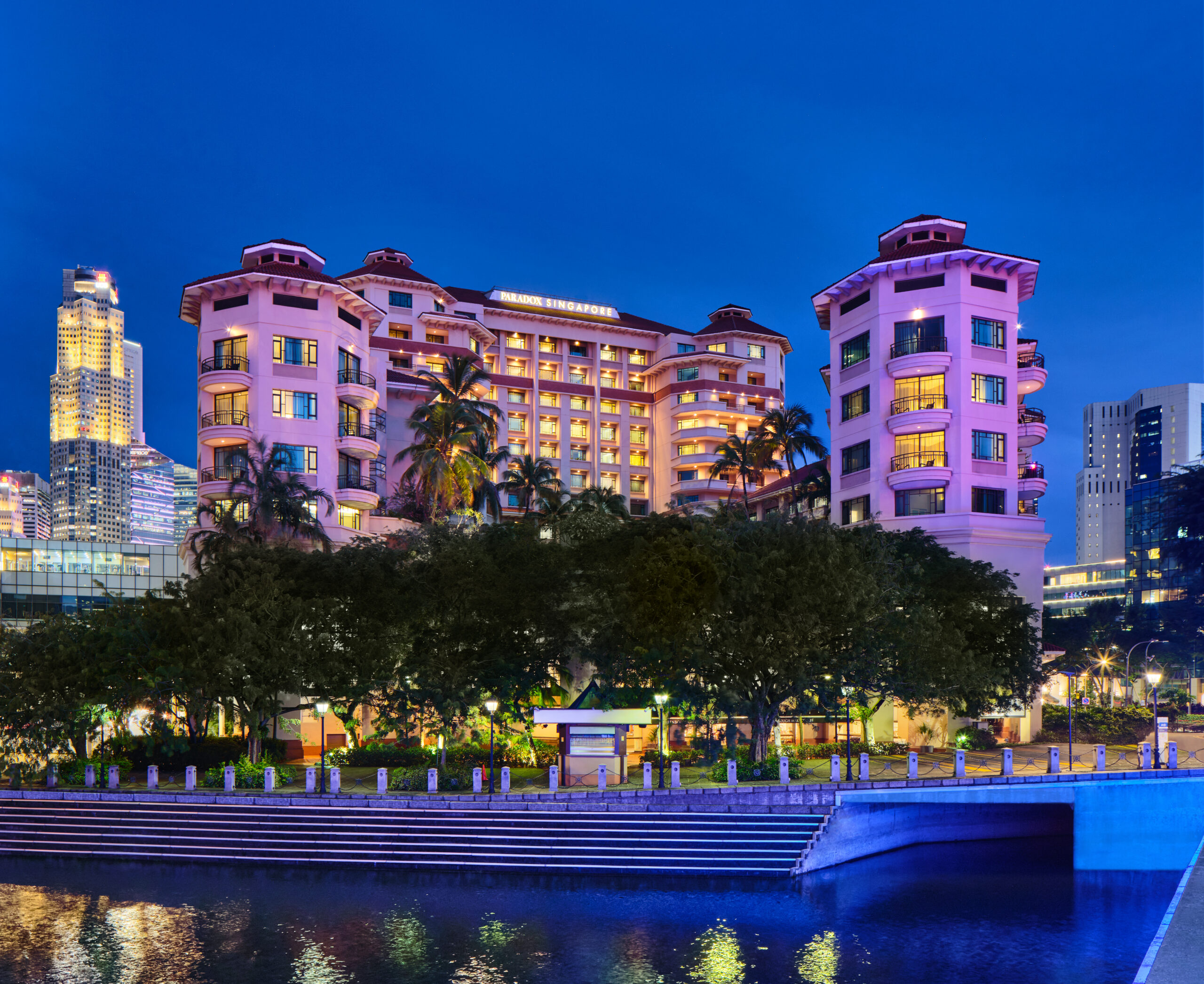Achieving work-life balance through flexible work
- Shawn Liew

A new report from the International Labour Organisation (ILO) has highlighted how reduced working hours and more flexible working time arrangements can help organisations create a better and more healthy work-life balance for their employees.
According to the Working Time and Work-Life Balance Around the World report, providing employees with more flexibility in how, where and when they work can be positive for both employees and employers. Conversely, restricting flexibility brings substantial costs, including increased staff turnover.
However, the ILO cautioned that the benefits of some flexible work arrangements, such as better family life, may be accompanied by costs such as greater gender imbalances and health risks.
For example, while remote working can create new scope for employee autonomy, these and other types of flexible working arrangements need regulating through policies such as the “right to disconnect” from work.
When it comes to the amount of time spent working, longer hours of work are generally associated with lower unit labour productivity, while shorter hours of work are linked with higher productivity.
Currently, more than one-third of the employees are regularly working more than 48 hours per week, while a fifth of the global workforce is working less than 35 hours per week. Informal economy employees are more likely to work longer or shorter hours, the ILO report found.
READ: How Netflix’s Co-Founder keeps his work-life balance in check
To promote both a healthy work-life balance and improved productivity, the ILO called for public policy responses to promote reductions in hours of work in many countries, and added, “There is a substantial amount of evidence that work-life balance policies provide significant benefits to enterprises, supporting the argument that such policies are a ‘win-win’ for both employers and employees.”






